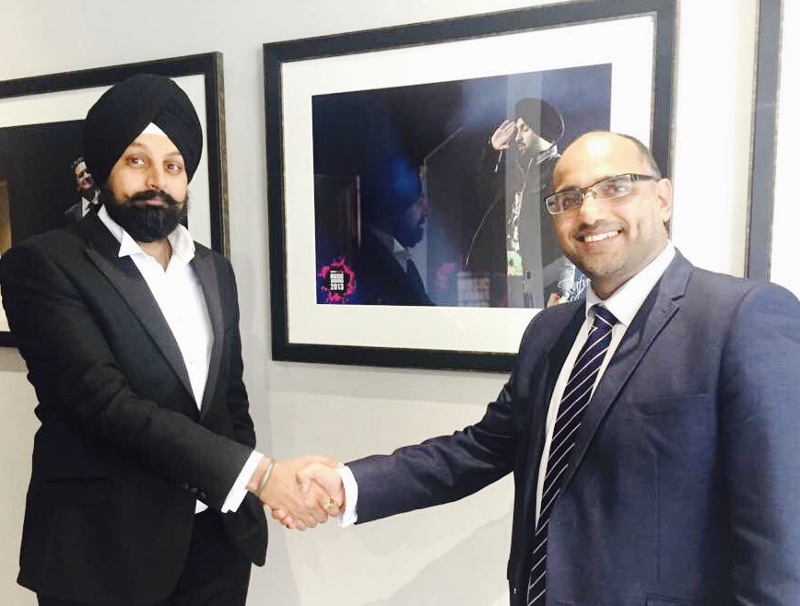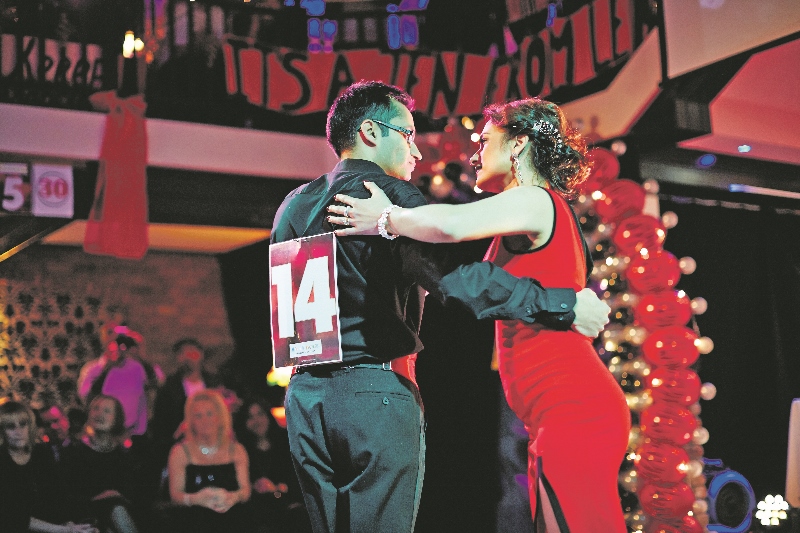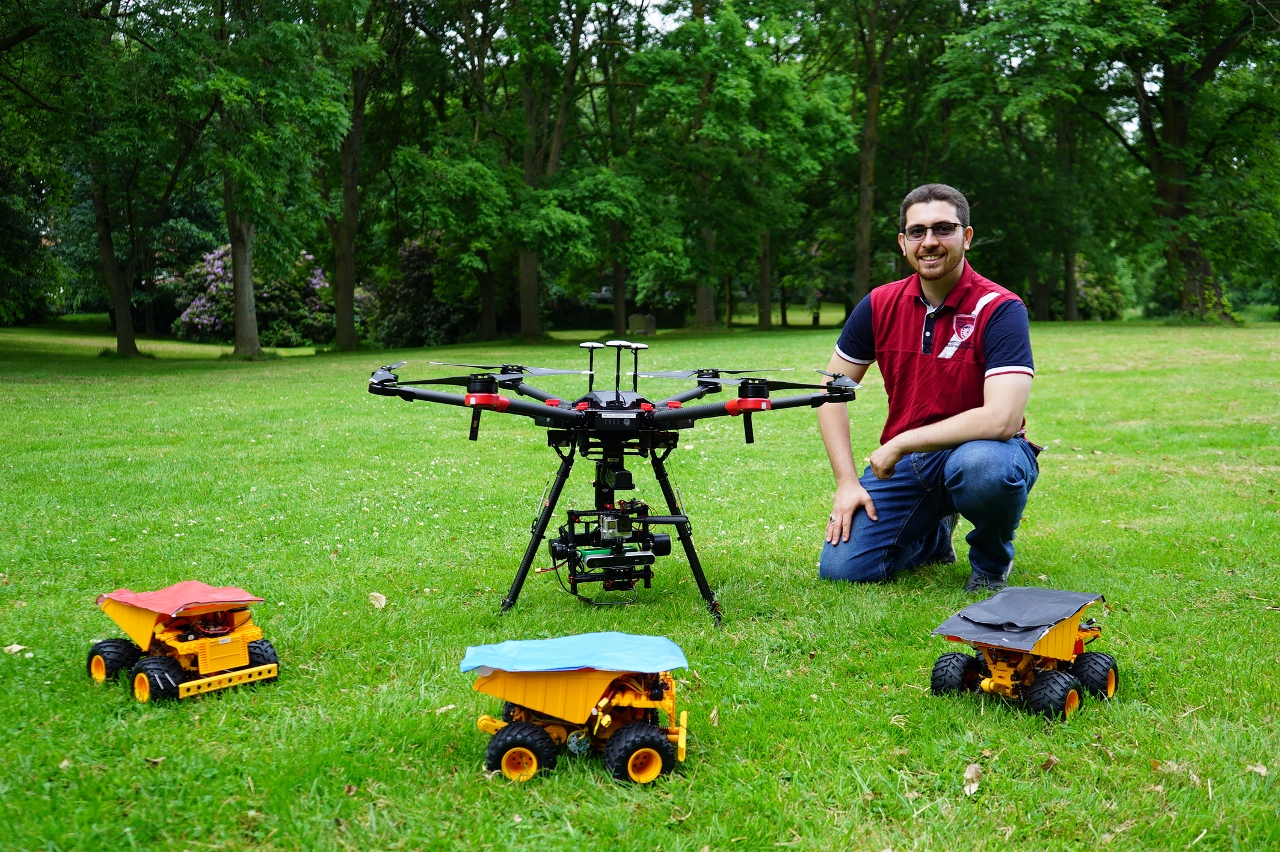Deafness organisation are urging people to abandon any stereotypes they might have about the 11 million people living with hearing loss in the UK and help bridge the communication gap.
According to the charity Action on Hearing Loss, more than 900,000 people in the UK are severely deaf; 24,000 use sign language as their main language; and due to our ageing population by 2035 it is estimated that 15.6 million people will have some form of hearing loss.
Senior audiologist at Action on Hearing Loss, Gemma Twitchen, said: “Hearing Loss affects people of all ages and can be caused by a number of factors, including exposure to loud noises, virus or disease, aging and it can be inherited.
“Small changes in our lives can make a big impact on people with hearing loss, so let this be the week you forget all the stereotypes you’ve heard and just make some new friends.”
Here are some useful tips from Action on Hearing Loss you can use
- Even if someone is wearing hearing aids it doesn’t mean they can hear you perfectly. Ask if they need to lipread.
- Speak clearly but not too slowly, and don’t exaggerate your lip movements – this can make it harder to lipread.
- Don’t shout. It can be uncomfortable for hearing aid users and it looks aggressive.
- If someone doesn’t understand what you’ve said, don’t keep repeating it. Try saying it in a different way instead.
- Check that the person you’re talking to is following you during the conversation. Use plain language and don’t waffle. Avoid jargon and unfamiliar abbreviations.
- To make it easy to lipread, don’t cover your mouth with your hands or clothing.
- If you’re going on a date at a restaurant, find a suitable place to talk, with good lighting and away from loud speakers and distractions.
- Get the listener’s attention before you start speaking, maybe by waving or tapping them on the arm.
- Use natural facial expressions and gestures.
- Make sure you have face-to-face contact with the person you are talking to.
- If someone is working with a BSL interpreter, always remember to talk directly to the person you are communicating with, not the interpreter.
- If you’re talking to a group that includes deaf and hearing people, don’t just focus on the hearing people.















